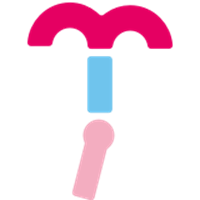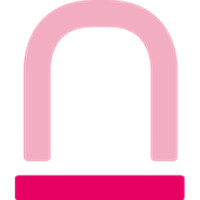A long-acting, reversible method of contraception
The IUD is a small, T-shaped device that is placed in a woman's womb and provides contraceptive protection for up to ten years.
The IUD is a long-acting, reversible method of contraception (LARC). Long-acting methods of contraception all have the advantage that, once in place, you don’t need to think about them until they need replacing and none of them interrupt sex.
A woman can use an IUD whether or not she's had children. IUDs are also straightforward for a trained provider to insert and remove, which can generally be done at any time.
Effectiveness
99% - If one hundred women used the IUD for a year and carried on with their normal sex life then only one of those women would fall pregnant during that period.
Availability
You can get an IUD at all our centres, mobile clinics and AMUA clinics.
Pricing
Please contact our team for more information about pricing.














